Argentina’s Sandwiches de Miga
I can’t help that they come to me
Sandwiches de Miga
“Sandwiches de Miga” by Pappo’s Blues as translated by Damian Behymer
Last month we talked about Argentina’s cuisine, the focus on the style of barbecue called Asado, the preeminence of beef, the ubiquity of empanadas, yet the enduring popularity of Milanesa both in sandwich and non-sandwich form. Another inescapable part of the Argentinean’s life, a snack popular at birthday parties and family gatherings, picked up cheap and in bulk at the local bakery, is the Sandwich de Miga. Or should I say Sandwiches de Miga, since it’s not the kind of thing that comes in a singular form.
Sandwiches de Miga are crustless (“miga” is a word meaning “crumb,” as in the internal part of the bread without the crust), multi-layer sandwiches similar to English tea sandwiches but more directly descended from Italian tramezzini. There is no formalized set of fillings for these sandwiches, though ham and cheese is a popular combination.
To support the popularity of these sandwiches, Argentine bakeries make a large, square type of Pullman loaf called Pan de Miga or sometimes Pan Inglés. The bakeries remove the crusts from these loaves and use special machines to slice them horizontally into slices of less than half an inch thickness. A Florida bakery company called Big Loaf Corp. makes them in the US and sells them via mail order, which is how I ended up with four packages that look like this.
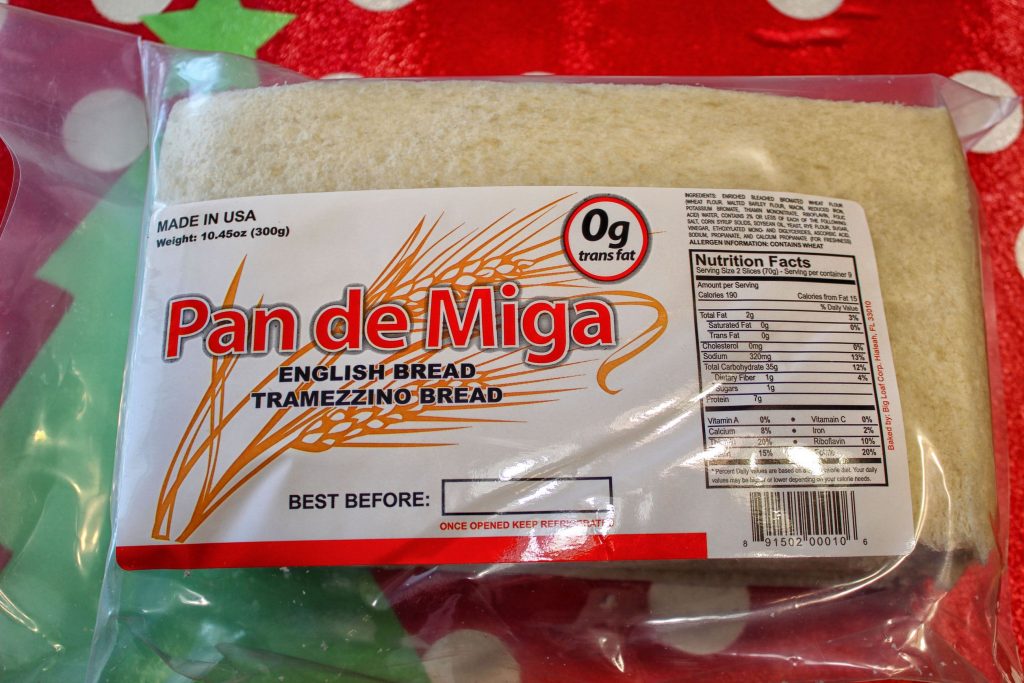
Each package contains 9 slices of bread. Each slice is 5″x10″x3/8″, which should sound familiar if you were paying attention during my post about the Sandwich Loaf the other day. It’s a rare month when I don’t find some kind of synchronicity between the sandwiches I’m studying, and this time these dainty bites from Argentina helped me complete the mammoth cakelike bricks (bricklike cakes?) so popular in the upper Midwest 50-60 years ago.
Since there isn’t really any set recipe for the sandwiches, and the best I can get out of most websites is a list of common ingredients, when making my own I had to wing it a bit. Here’s the list of ingredients from a site called Asado Argentina:
Cooked Ham
Cured Ham (prosciutto-style)
Salami
Cantimpalo (smoky Spanish-style sausage)
Turkey
Chicken
Pastrami
Tuna
Blue cheese/roquefort (Mixed with cream or nuts and celery)
Danbo-type cheese
Tomatoes
Hard-boiled eggs
Olives (green or black)
Hearts of palm
Pickles
Roasted red peppers
Peaches
Pineapple
Asparagus
Lettuce
Corn
Anchovies
I bought some Cantimpalo style chorizo from Amazon but it was a very dry and oily sausage that didn’t slice well at all, and I couldn’t come up with a way to use it. I managed to find some decent combinations with other ingredients, though I don’t know how authentic they were.
First was a simple ham and cheese, with cooked ham (I used Polish style ham, which does seem accurate from the videos I’ve watched) and provolone cheese (given Argentinean cuisine’s links to Italian cuisine), with lettuce and tomato. I seasoned the tomatoes with salt, pepper, and a drizzle of olive oil mixed with parsley and garlic to give it a bit of Argentine flair.

Pan de Miga with butter 
Cooked ham 
Provolone cheese 
Another slice of buttered bread 
Mayonnaise, lettuce, seasoned tomato, olive oil with parsley and garlic 
Jamon Cocido Sandwich de Miga
Second was jamon crudo in the form of Iberico ham, also with cheese (Jarlsberg this time), and an Argentine egg salad instead of tomato/lettuce.

Iberico ham 
Jarlsberg cheese 
Egg salad with olive oil, parsley, garlic 
Jamon crudo Sandwich de Miga
Finally, I’d read that blue cheese (Roquefort generally, though I prefer Stilton so I used that) was commonly combined with nuts, but I wanted to do something a little fancy and unique, so I decided to invent the concept of the walnut tapenade, only to find out it already existed. So I used a recipe from New Zealand-based celebrity chef Nadia Lim’s website and came up with this.
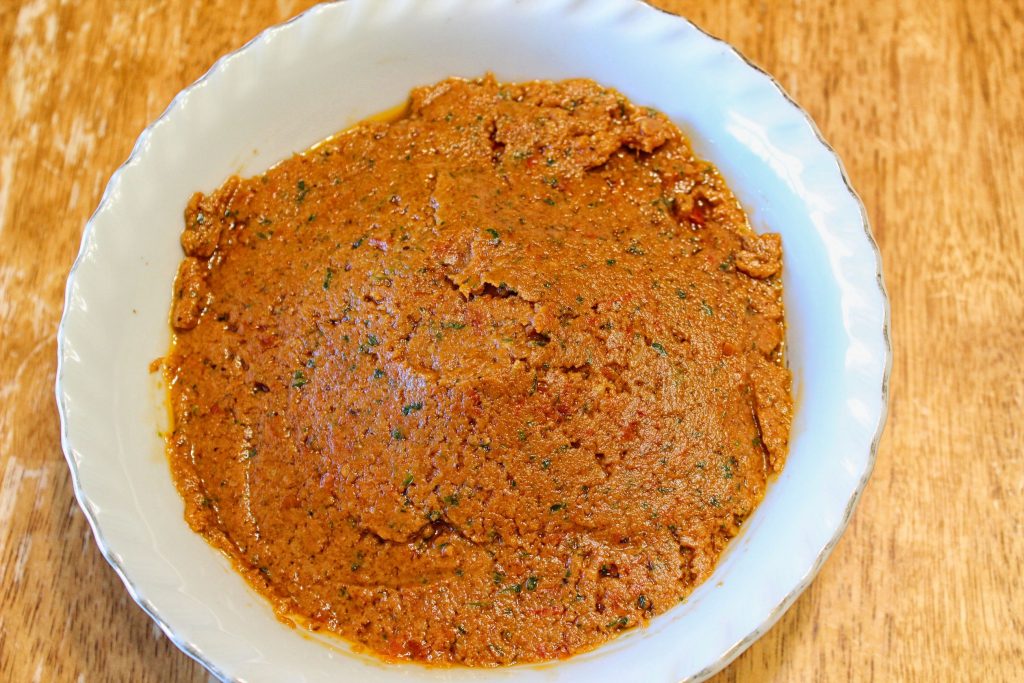
It is much more tasty than pretty, I promise you, though I think it looks pretty good too. It’s highly savory, containing both sun-dried tomatoes and Parmesan cheese in addition to the walnuts. In order to make the Stilton more spreadable, I mixed it with a bit of my homemade cream cheese.
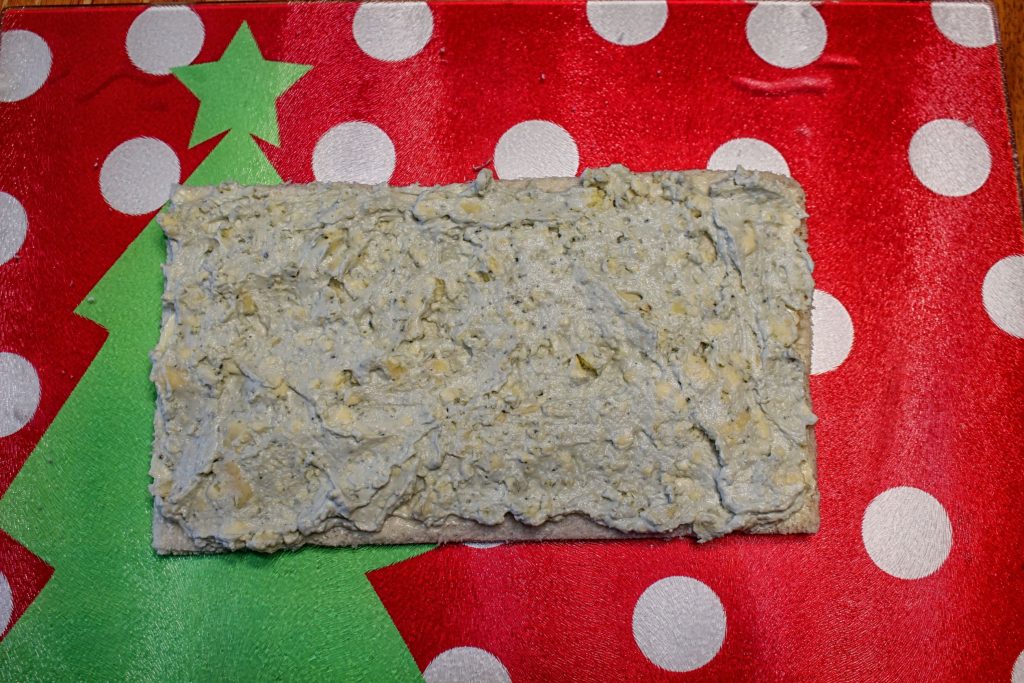
I drizzled honey over the blue cheese (another classic combination) and used the walnut tapenade in the top half of the sandwich.

Honey 
Walnut tapenade 
Blue cheese, honey, walnut tapenade Sandwich de Miga
Now it’s very likely that none of these combinations would be found in this form at a Buenos Aires bakery. But I was winging it for my family’s holiday party and these turned out to be quite popular. Of course they are not served in giant sheets like this. I cut each 5″x15″ sandwich into eight triangles and arranged them on plates like so:
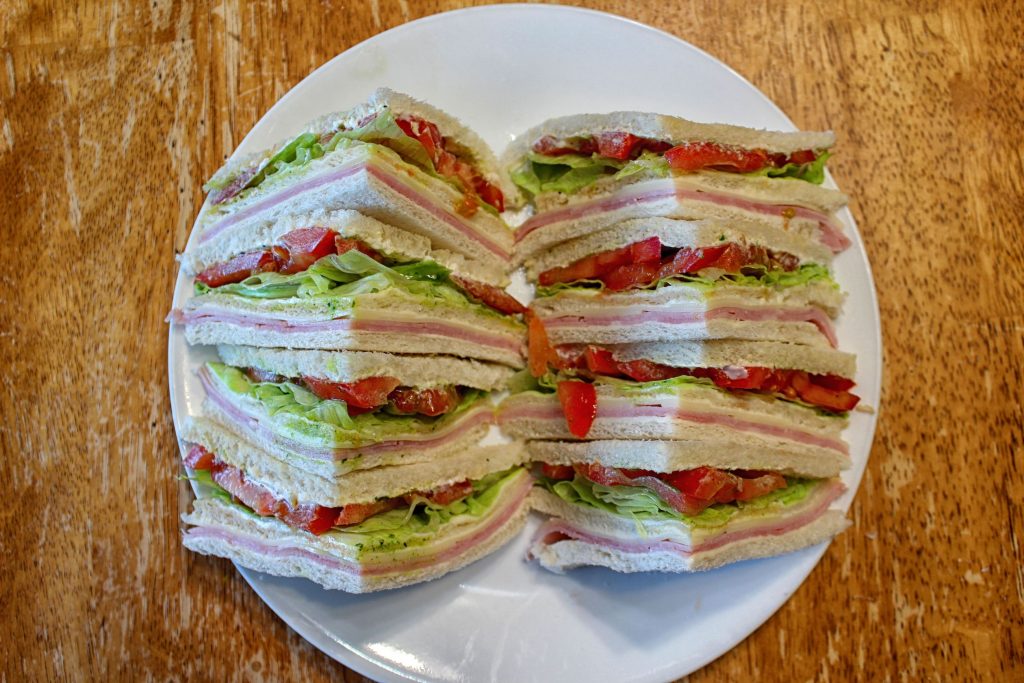
The fancy Iberico ham went first, of course.
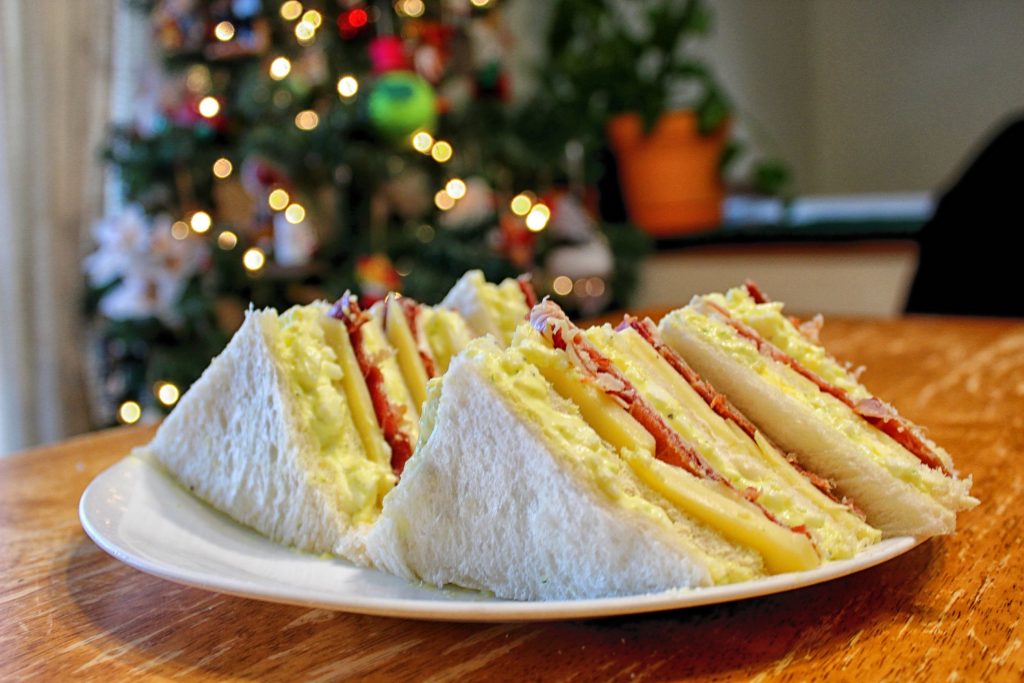
The salty, nutty Iberico and the sweet, nutty Jarlsberg were a great combination, though I’m not sure that the egg salad had a place in this sandwich.
Also popular were the ham and provolone version
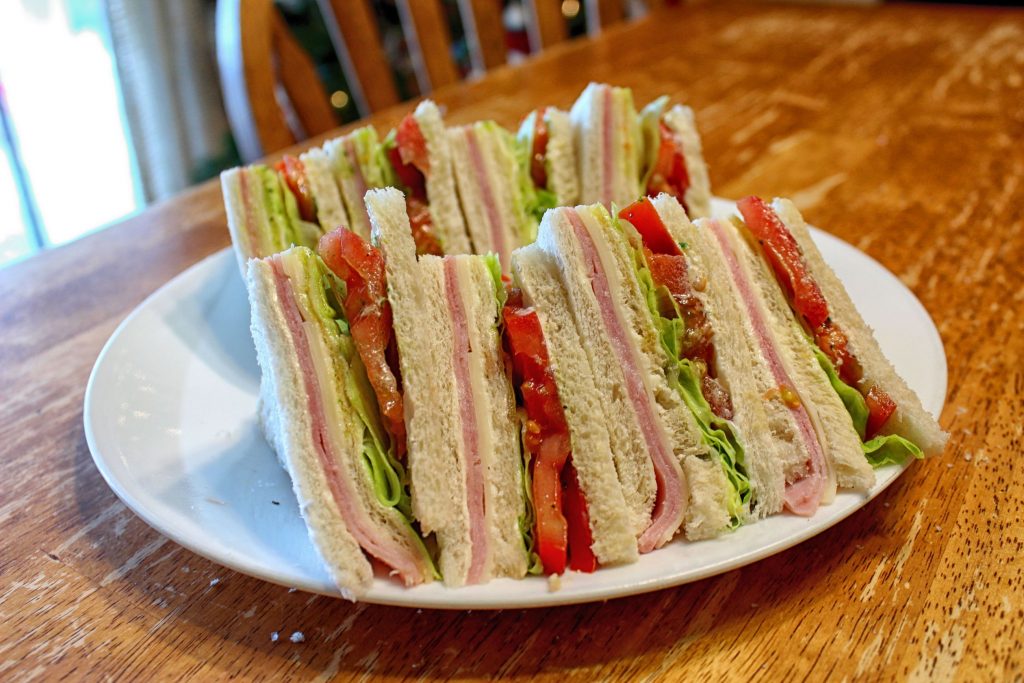
These were very much like any typical ham and cheese sandwich garnished with mayonnaise, lettuce, and tomato, but satisfying in a familiar way.
Not very many people got into my blue cheese and walnut tapenade creation.
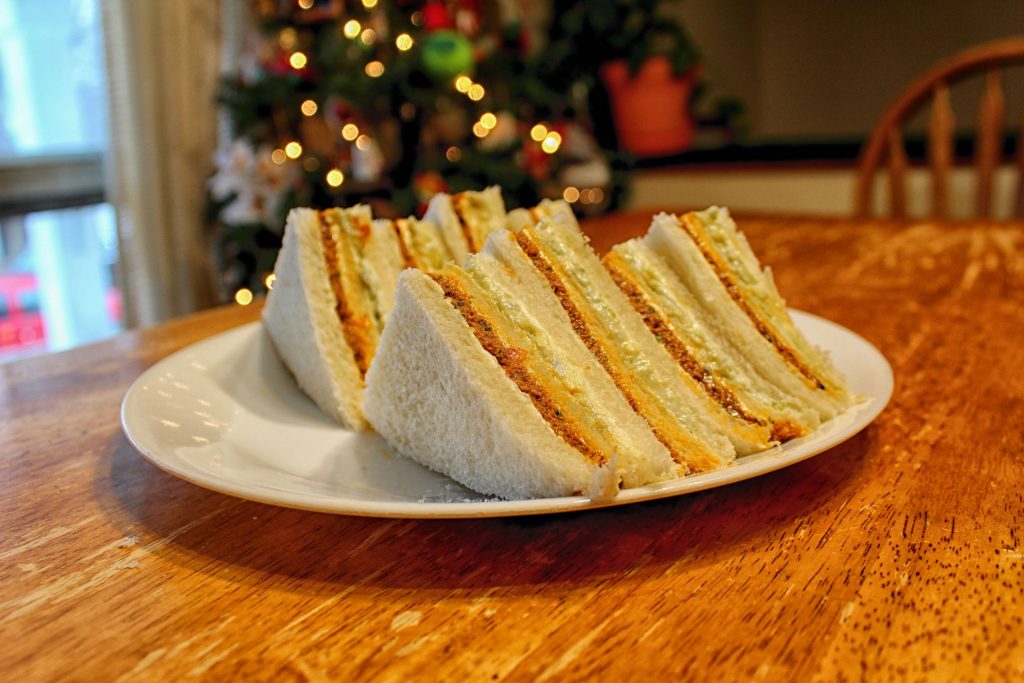
I thought they were brilliant though, especially away from the outside edges, where the ratio of honey-to-blue-cheese was a little higher. The sweetness of the honey complemented the savory flavors of the blue cheese and the walnut tapenade equally well and ended up bridging the two.
After the fact (clever of me to wait!) I watched some videos on the preparation of Sandwiches de Miga and found that I had (of course) overcomplicated things. Here’s one from the company that sells the Pan de Miga packages that I bought:
A layer of bread, a swipe of butter, a single layer of ham, a layer of buttered bread, a single other ingredient, and the top bread layer. That’s it. Why, some of my sandwiches had several ingredients besides the butter and bread! To get the real Sandwiches de Miga experience, I returned to the Buenos Aires Deli in Chicago, where I’d gotten some good advice on finding Sandwiches de Milanesa last month.
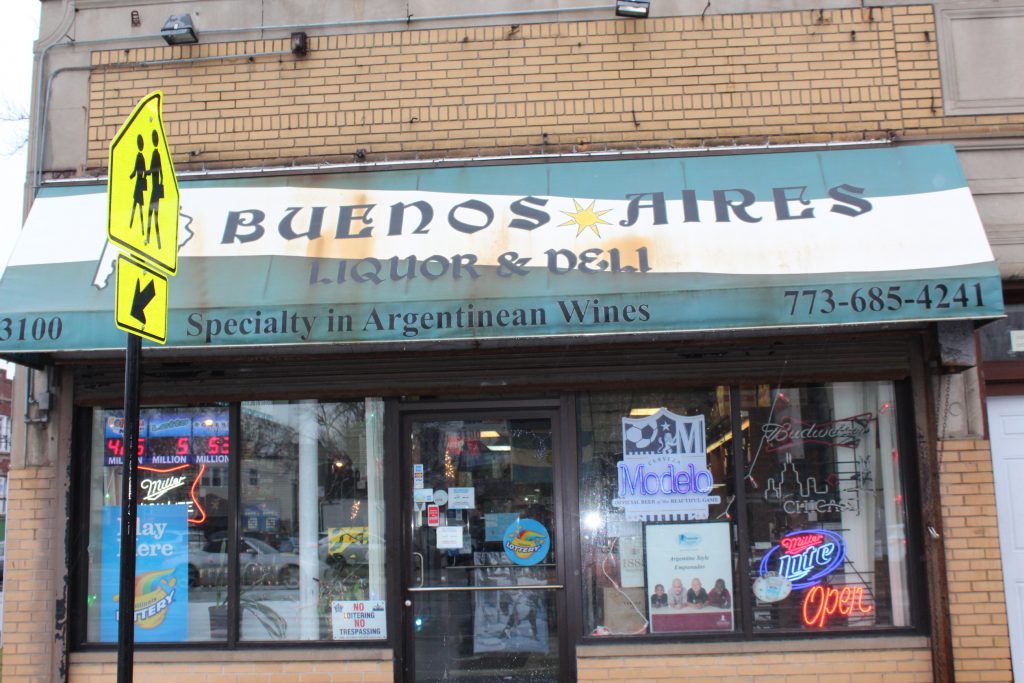
I’d ordered 2 dozen Sandwiches de Miga without specifying ingredients–just a mix, whatever they were making. The sandwiches came stacked neatly, cut in rectangles, separated by wax paper and wrapped in plastic.
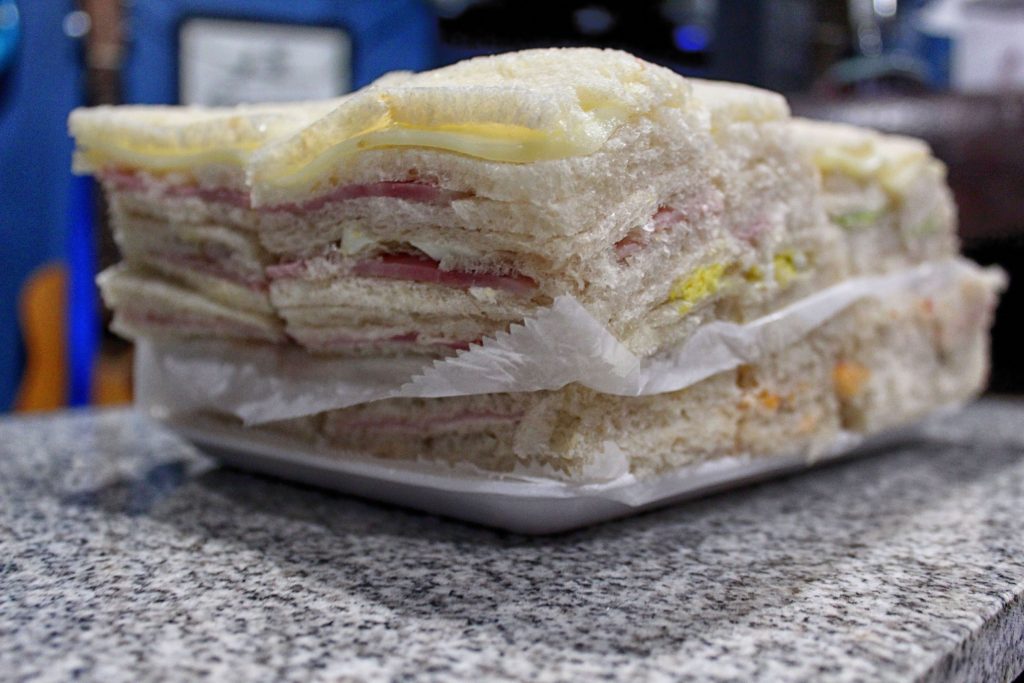
I have arranged them on a serving platter to be consumed by my family during our low-key New Years Eve festivities tonight (a stack of bread, an episode of Anthony Bourdain, and thou!)
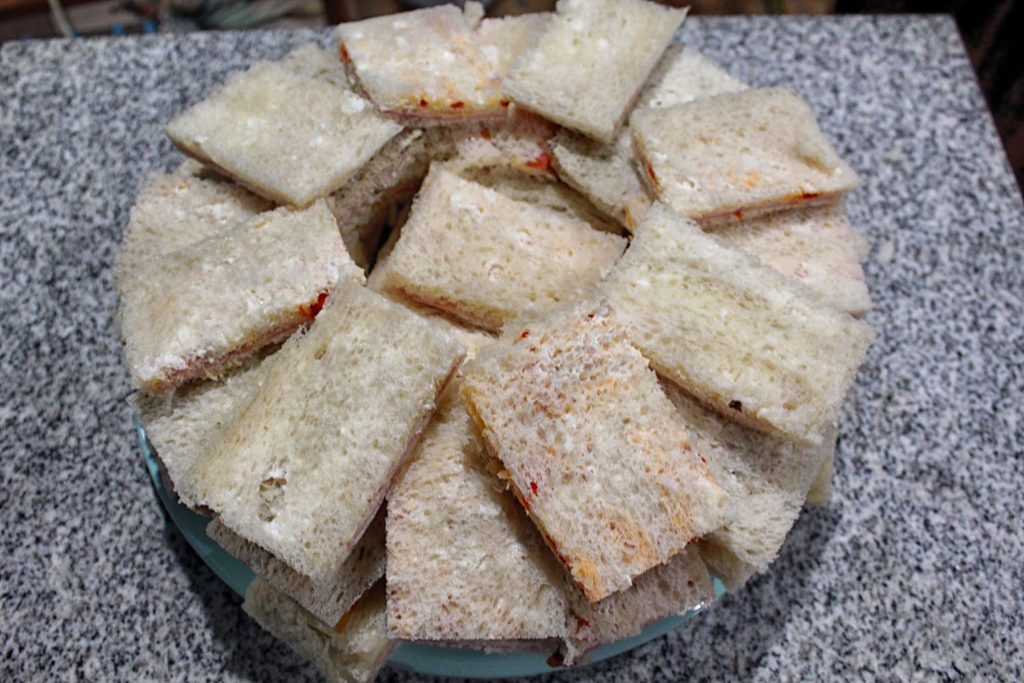
Of course I’ve snuck a few ahead of time. There are a number of simple ham and cheese, several with ham and tomato or ham and roasted red pepper. Some of them have ham and a nondescript substance with flecks of greenish brown in it that I have yet to identify. They are simple, yet they are satisfying, and I have many left to eat this New Year’s Eve.
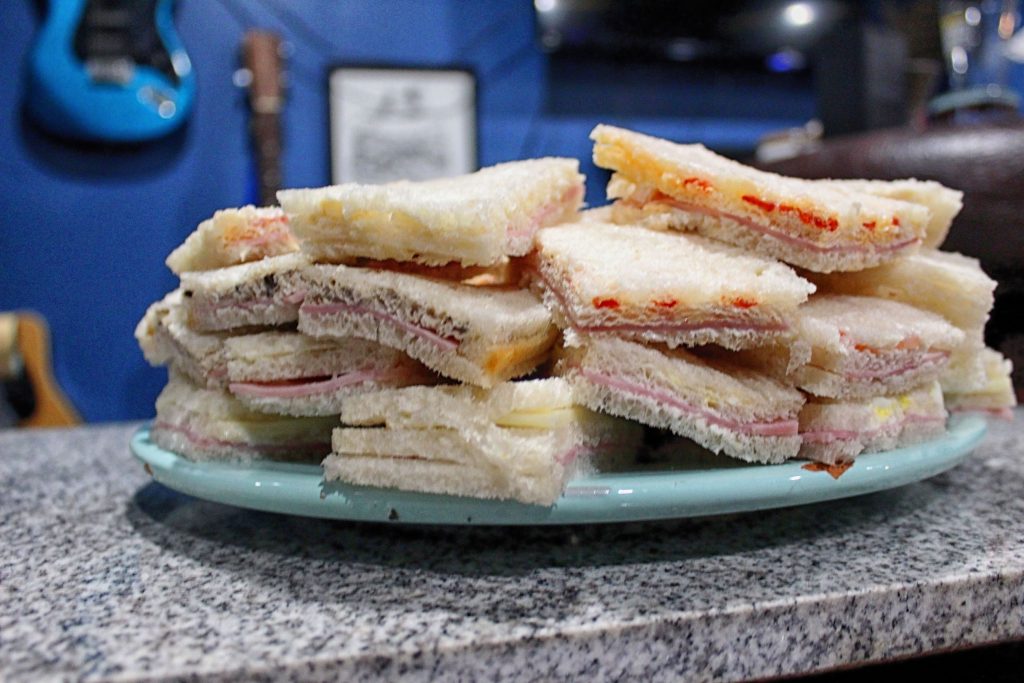
Happy New Year from all of us at the Sandwich Tribunal to all of our readers, old and new. We have dozens of new sandwiches to explore in 2019 and we can’t wait!

I like sandwiches.
I like a lot of other things too but sandwiches are pretty great


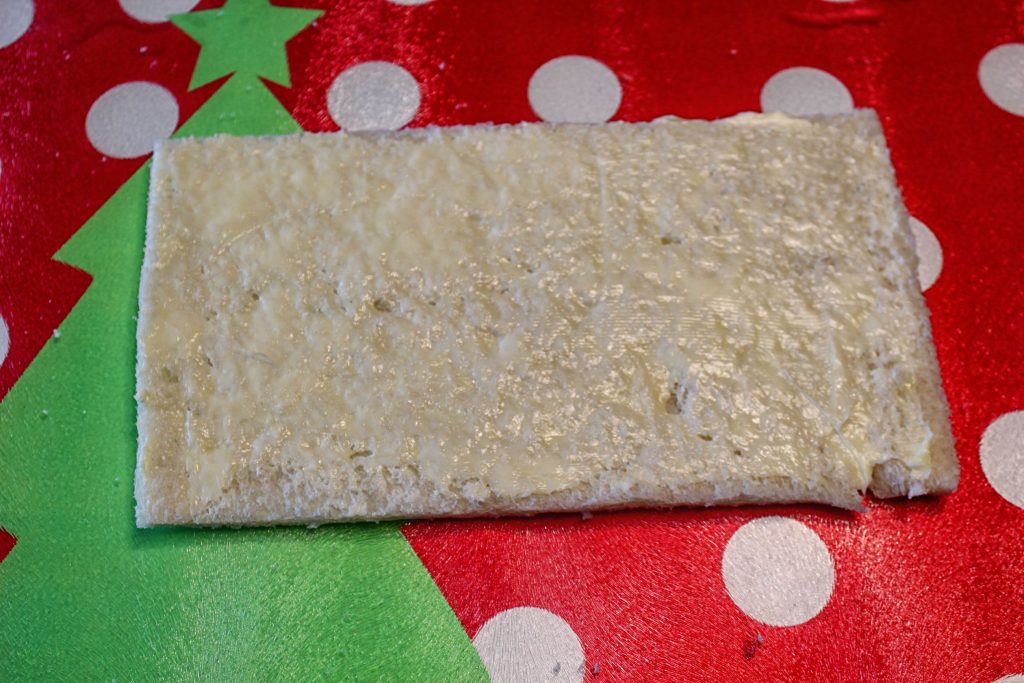
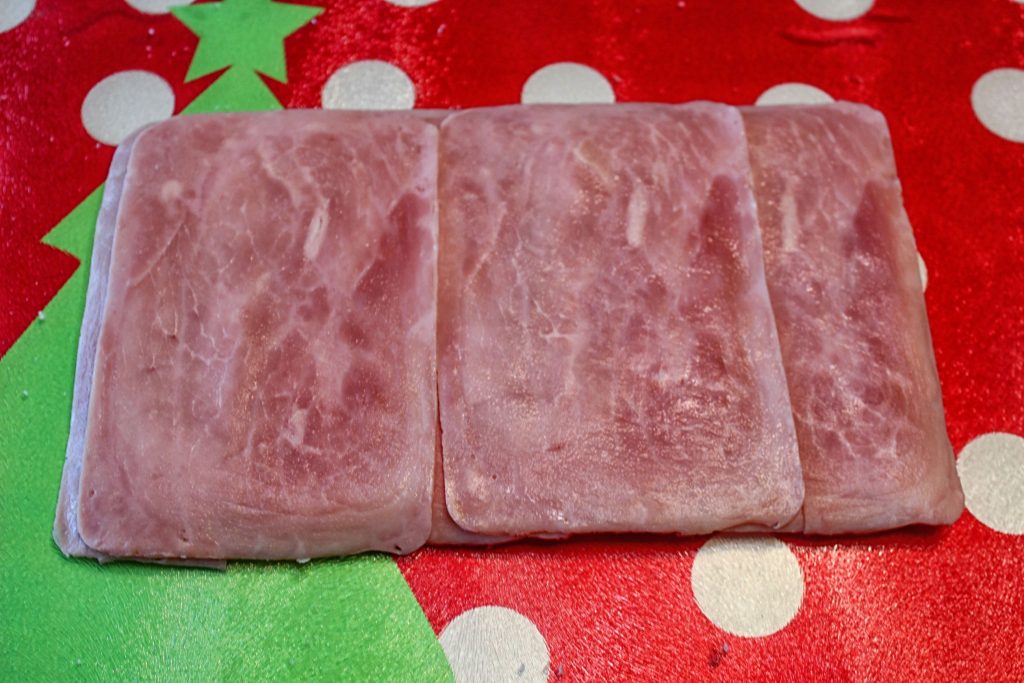
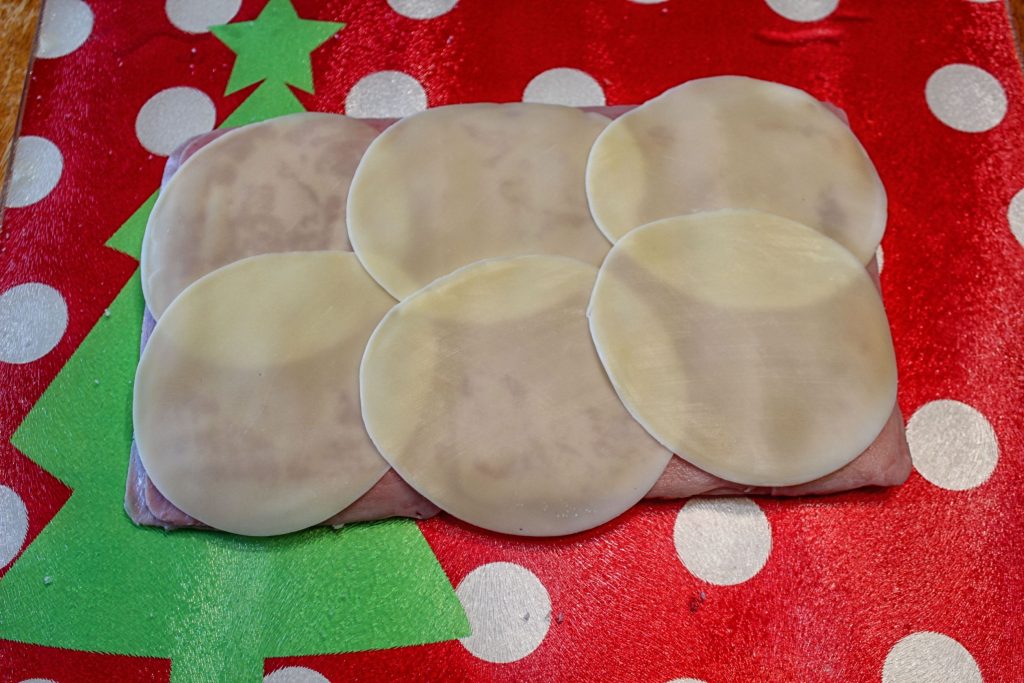
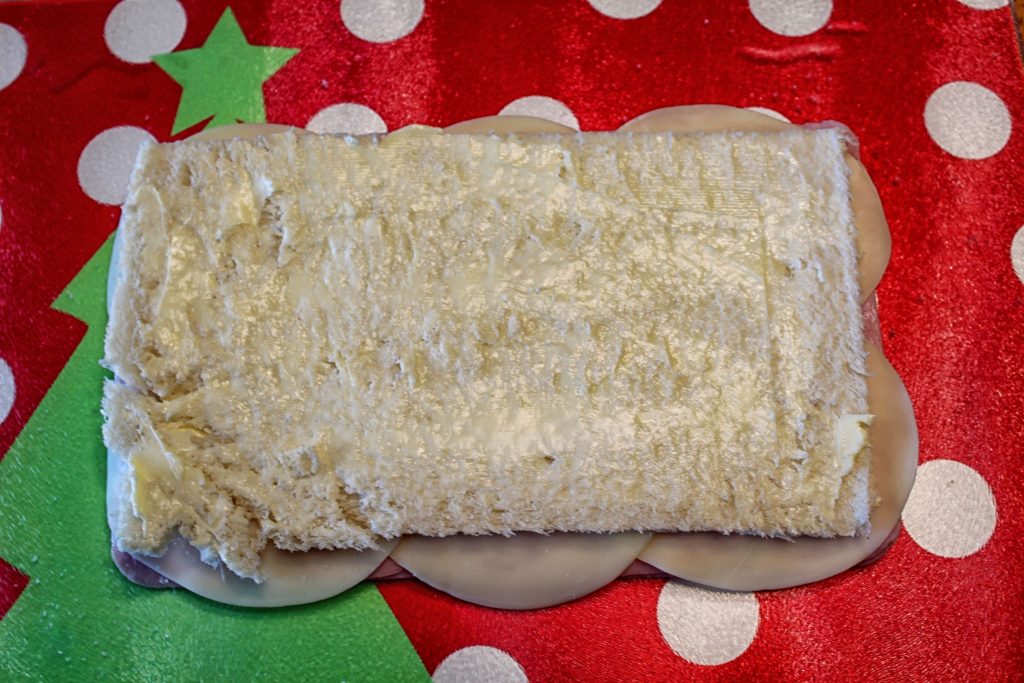
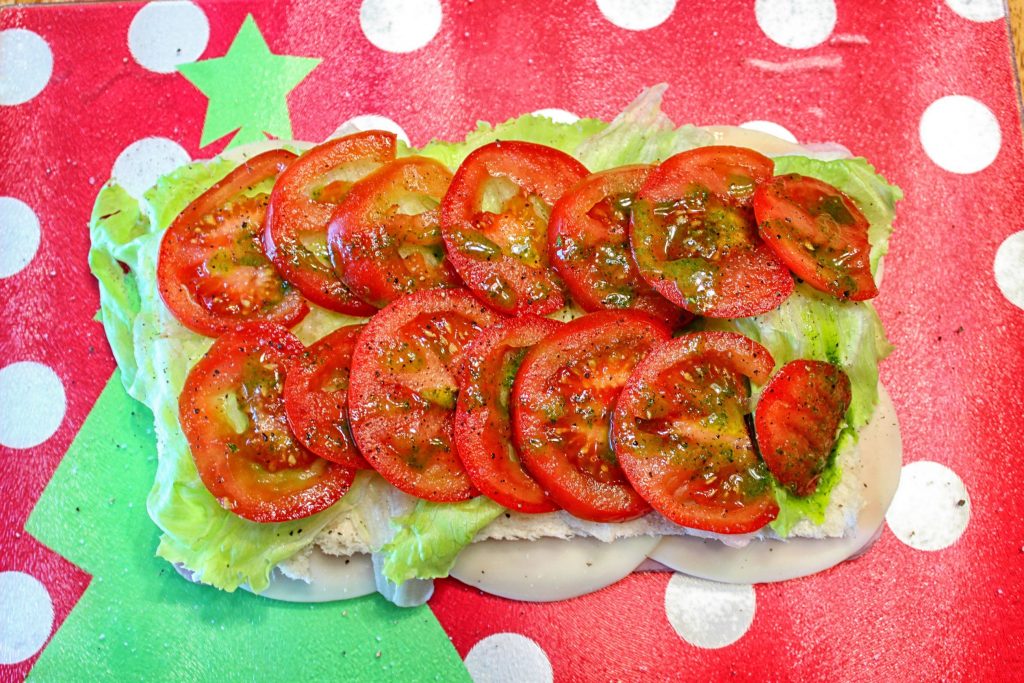
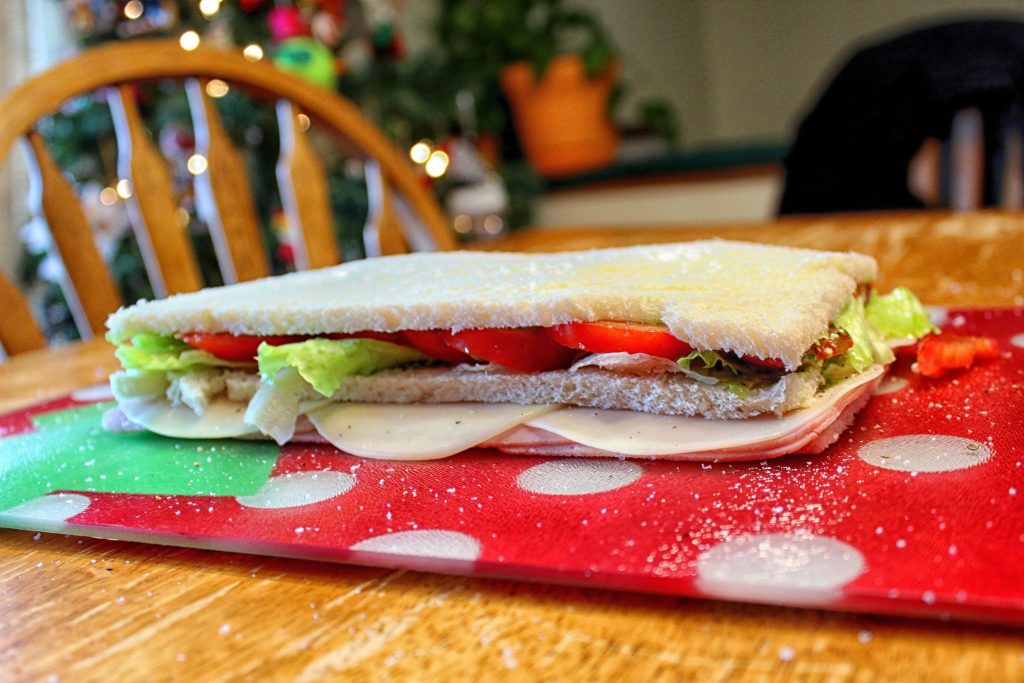
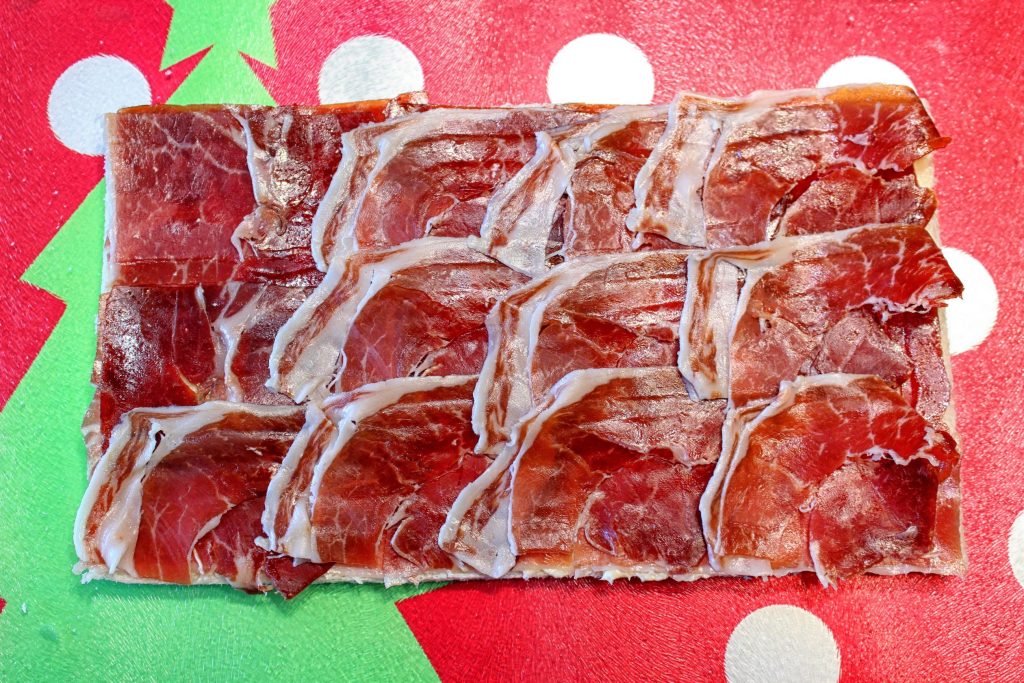
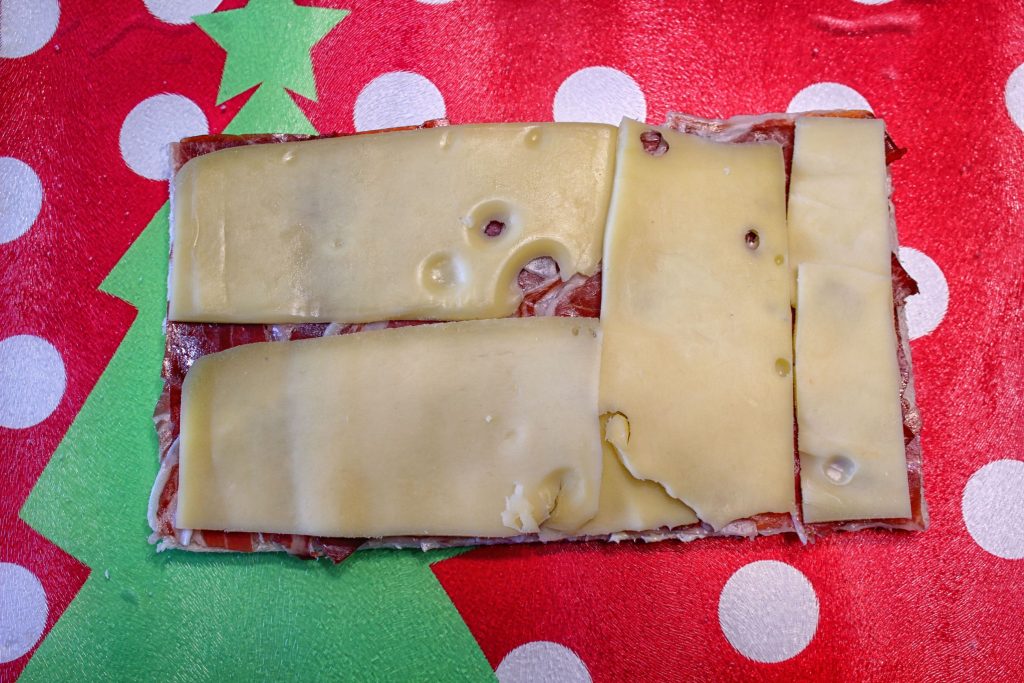
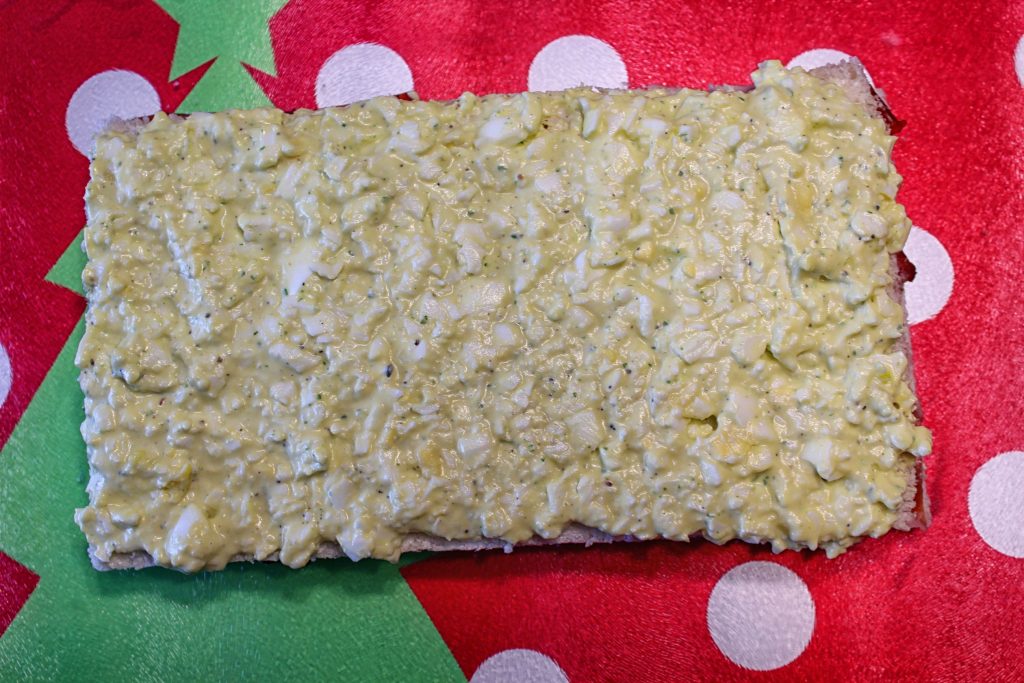
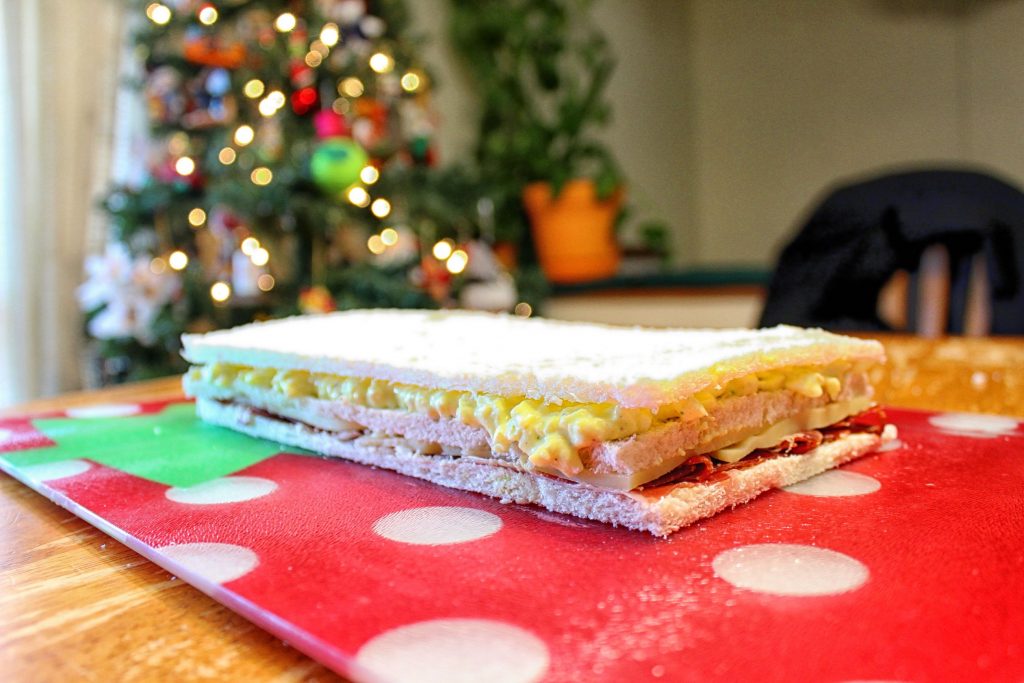
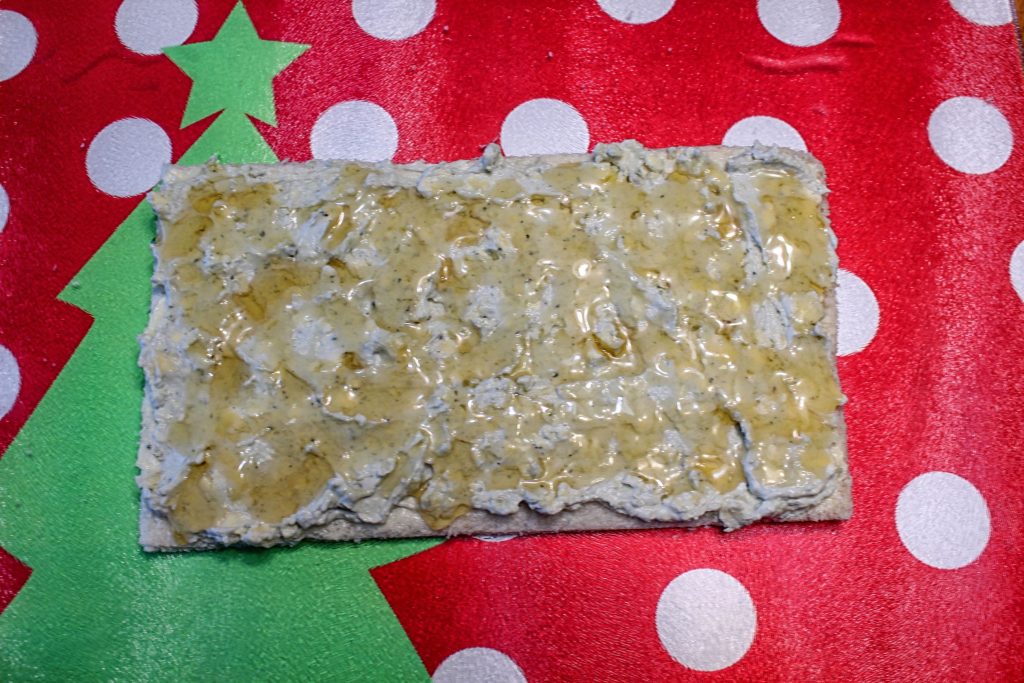
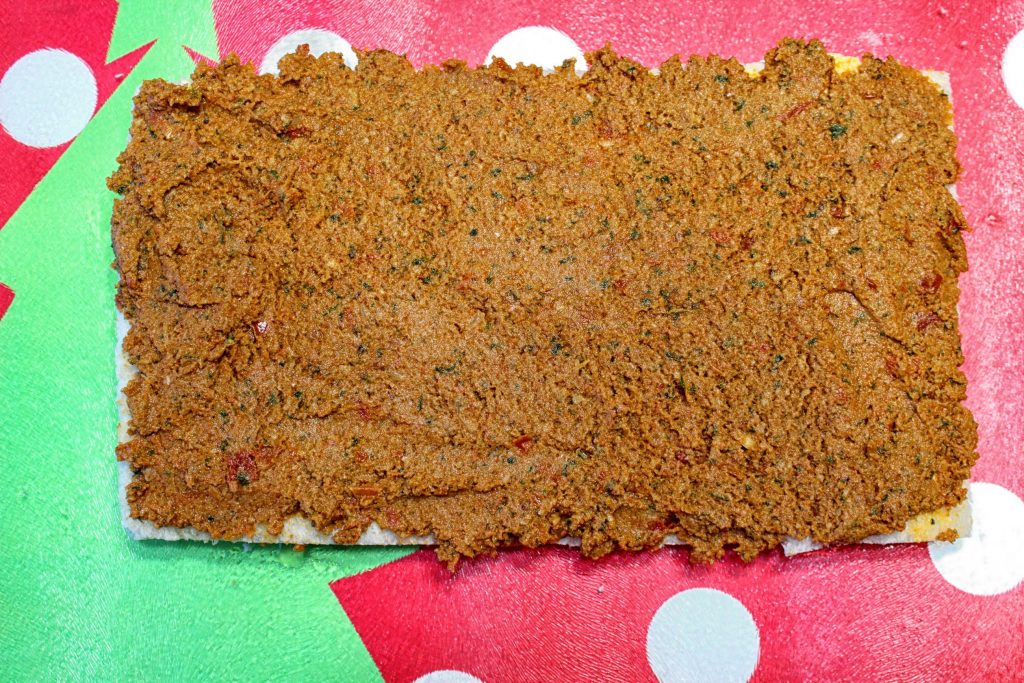
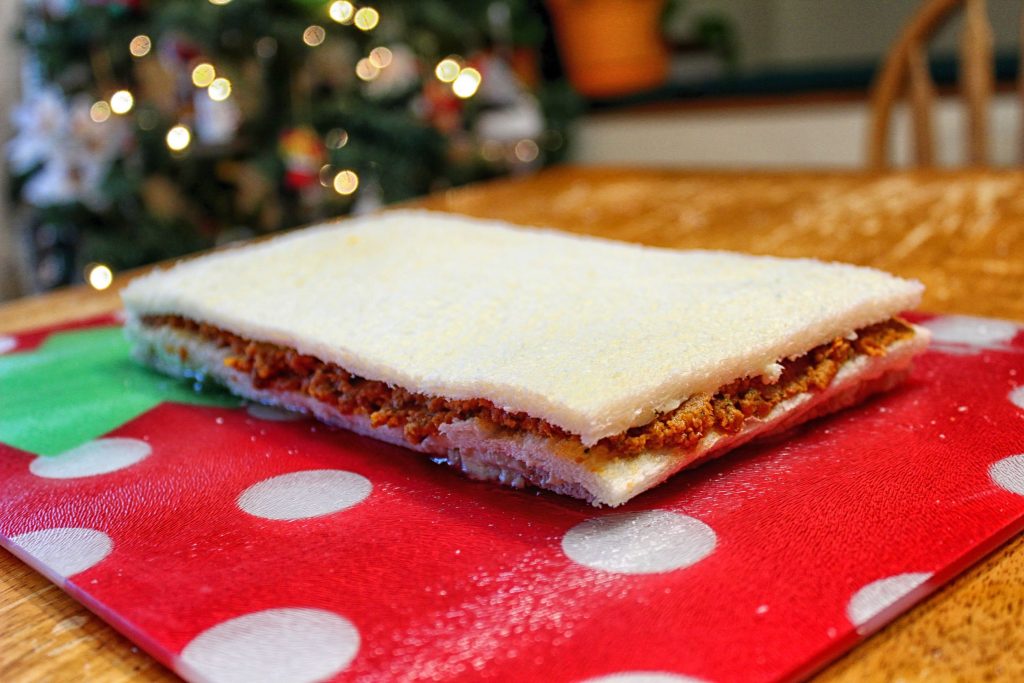
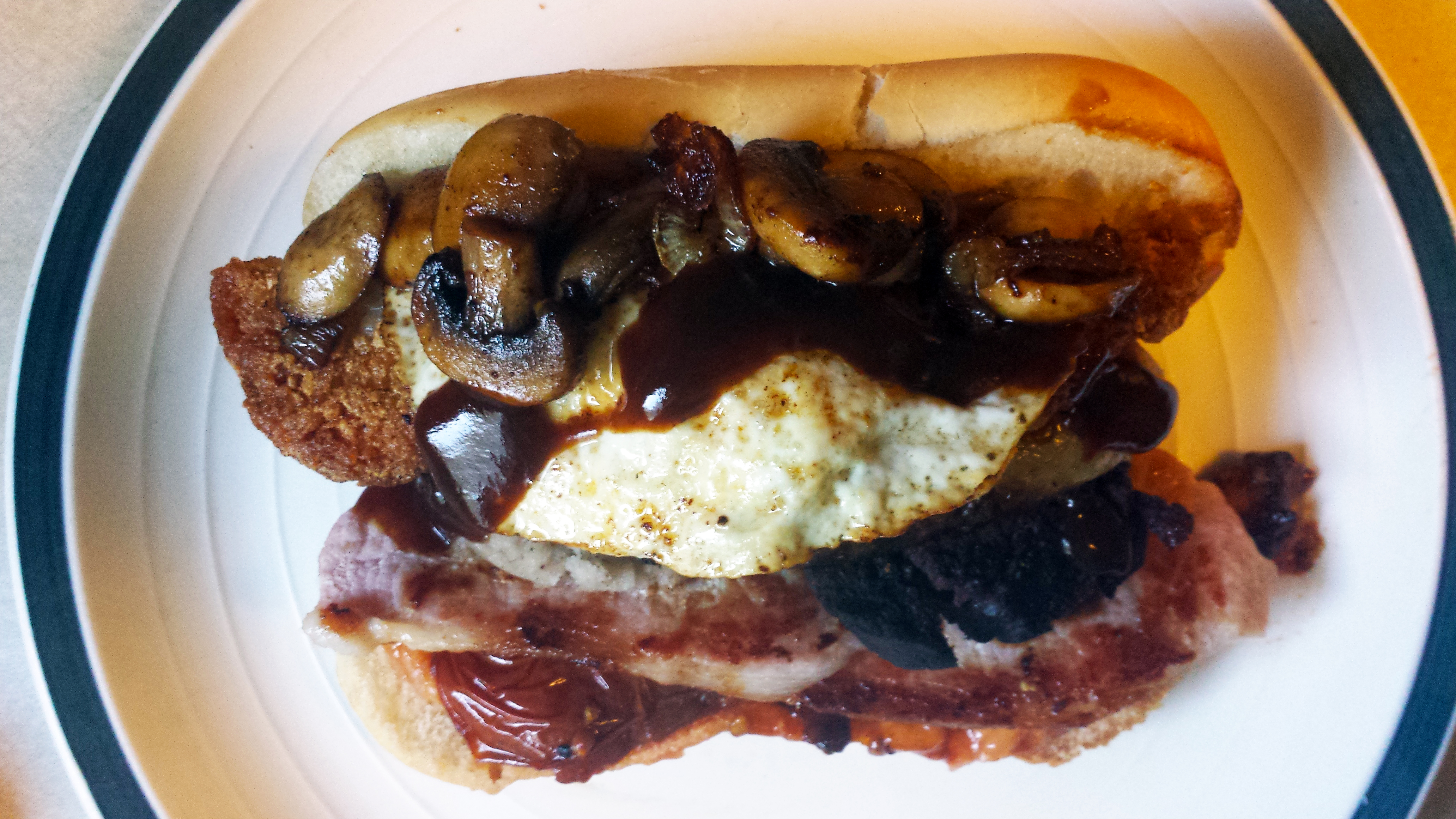
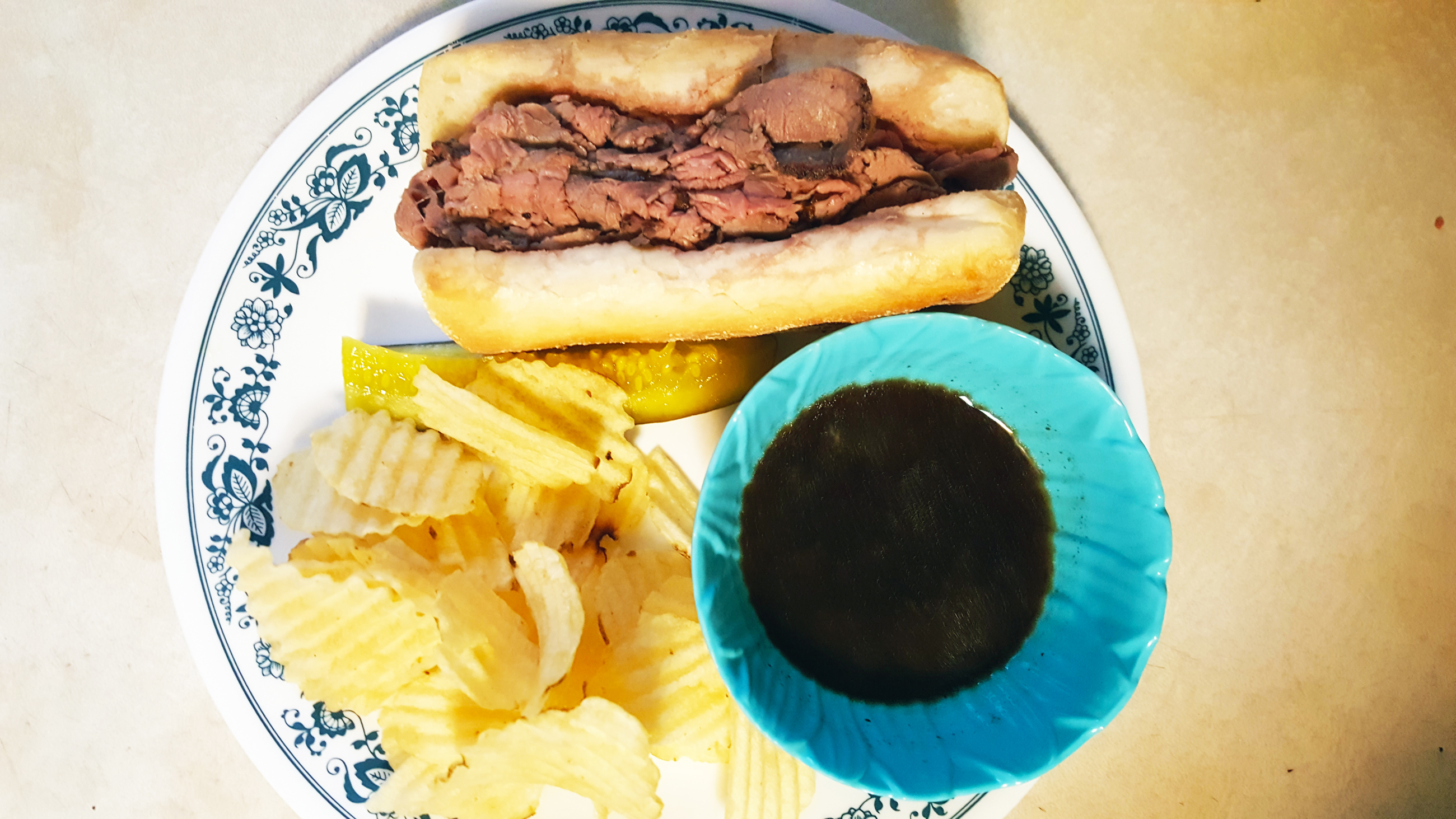
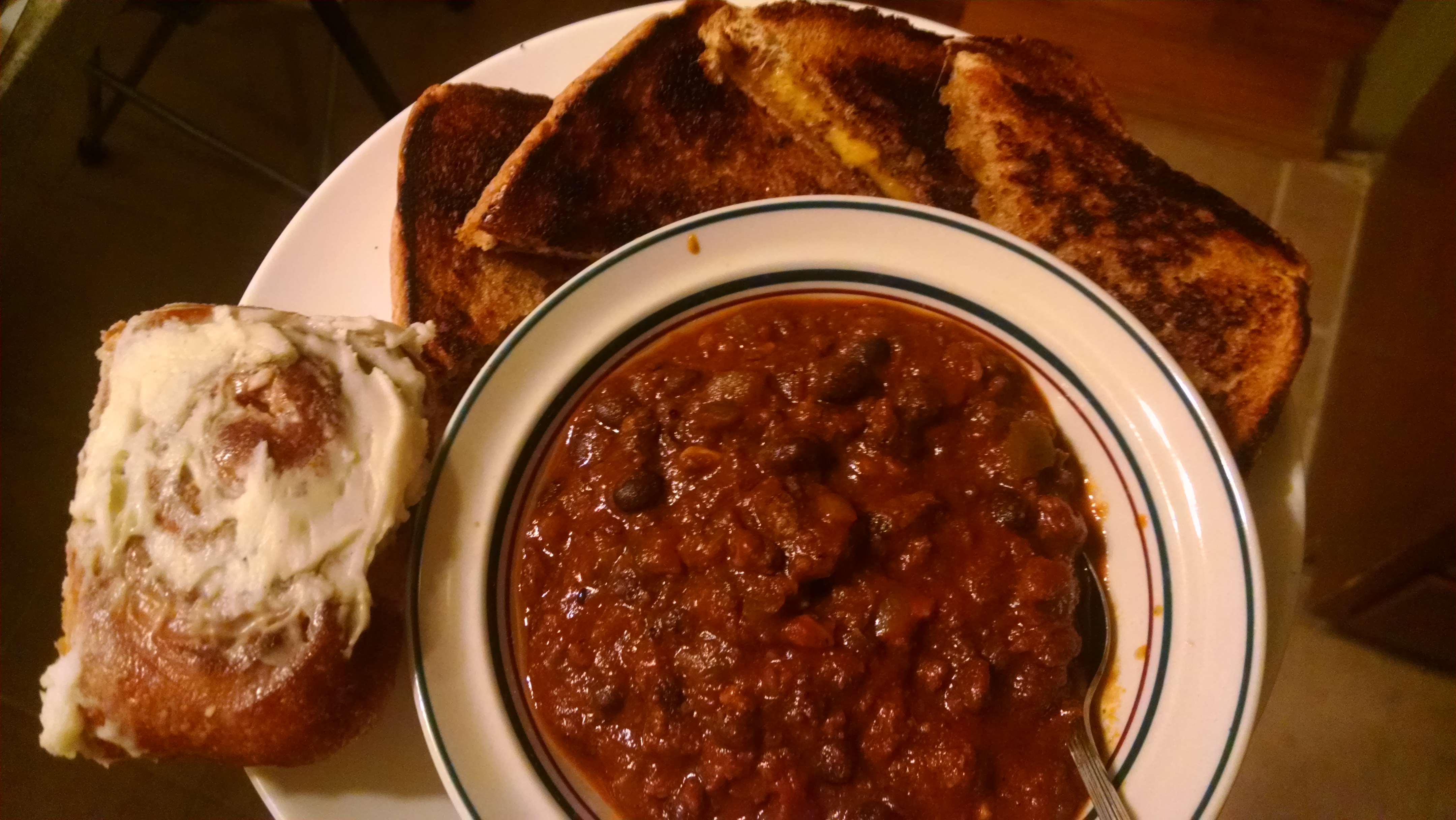






Thanks for the informative article. I take it that the companies use the crust for pan rallado? When you purchased the slices from Big Loaf, how much does 9 slices get you? When we are in BA, we can eat at least 4 sandwiches. Having a picnic, so want to be able to order enough. Thx!!
9 slices made 24 of the triangular-cut sandwiches you see in the first half of the article. Each of the large rectangular sandwiches above used 3 slices of bread, and was cut into 8 triangular sandwiches. Good luck with your picnic!
Very nice article!
Butter is perfectly fine but if you want the real deal, mix butter with oil and water, proportions vary according who you ask, equal parts of all three its good, some say two parts of butter, one of oil and one of water.
The oil is common sunflower cooking oil, used in 99% of homes in Argentina, i dont know if any other oil would be fine.
Also the most important thing about sandwiches de miga, you can toast them and they taste marvelous!! especially ham & cheese ones. Thats what we call “Tostado” any bar or restaurant will serve them.
Great article! .. one tiny note for the translation – yes miga means crumb in Spanish.. but in Argentina we call miga the soft inside of the bread. That’s what the sandwich is made with. 🙂
Thanks! In my defense, we call the soft inside of the bread the crumb in English too, sometimes 🙂
I’ve been looking to purchase the Pullman-style pans necessary to make this bread and I’ve not found a place in the USA that sells them. Any links to a place that sells these pans would be appreciated. I’m traveling to Argentina at the end of 2021 and will definitely be bringing back these pans, I just wanted to save space in my luggage and buy them here.
May I just mention that the mystery ingredient you refer to at the end of your article could be eggplant “berenjena en escabeche”. It is still one food item I dream about. I was born in BA and my godmother use to give me this preserved eggplant delicacies as a birthday present… You boil 1/2 inches slices of eggplant that had been cut and salted before boiling them soft in a vinegar bath. You drain the water, pat them dry on paper towels, salt them and bottle then with big chopped pieces of garlic, pepper corns, laurel leaves in layers and fully submerged in olive oil. Store them in a dark cupboard for at least 3 to 6 months! You can just eat them with white pan de casa or add them to potatoes or a juicy beefstake as an oily spread… The green/brown bit are the eatable seeds found in the eggplant. Que lo disfrutes!
Hi Ricardo! Thank you for this! It sounds amazing, and is very likely what they used. I might have to try making it myself. I really appreciate your comment, thanks again!
Yes, you can buy pullman bread molds here in the US. Just search for pullman bread and you will find many options. Mine is 4X4X16. The most common is 4X4X13. I also have a bread machine and I can make a 1 lb or 2 lb loaf that I can cut with cutters available everywhere. The size of the mold and the cutter is not the same a the gigantic loaves from Argentina, but if you make an English Muffin bread recipe, you will be more than happy. King Arthur sells molds and cutters and they have recipes as well. I started with their English Muffin bread for the bread machine. After several adjustments, I ended up with the identical bread taste and texture I was looking for. Adding 1 tsp of apple cider vinegar made all the difference.
One more recommendation: If you make the sandwich bread (English muffin bread or pain de mie), let it rest for a day at least, before cutting the thin slices. Even more so if you mix butter and oil as a spread. Make the sandwich with your favorite filling and cut the crust out. Edges should be neat. Keep them covered with a moist paper towel or Saran wrap till ready to serve because they dry out fast. Mayonnaise works fine as a spread.